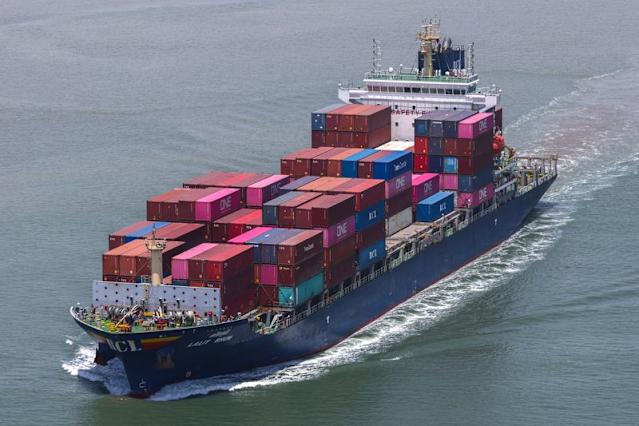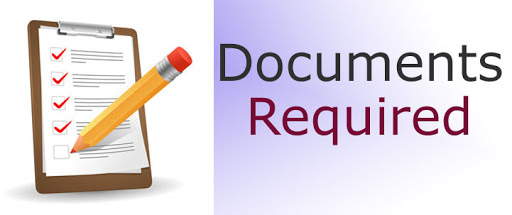- By TOP CHINA FREIGHT
- September 23, 2025
- Sea Freight, Shipping
Table of Contents
Sea freight in China is the backbone of global trade, and whether you’re a small importer or a large retail chain, mastering it saves time and money. However, delays, paperwork, and confusing rates often create headaches; therefore this guide explains processes, pricing, transit times, documentation, and practical cost-saving techniques.

What is sea freight in China and how does it work?
Sea freight in China: Key Process Steps
- Booking: Exporters or freight forwarders reserve space with carriers.
- Cargo handling: Goods are packed into FCL (full containers) or consolidated as LCL (less than container load).
- Export clearance: Customs documentation is processed before loading.
- Ocean transport: Cargo is shipped from Chinese ports to overseas destinations.
- Import clearance & delivery: Goods pass customs at the destination and move inland to buyers.
Role of freight forwarders
- Prepare key documents (bill of lading, commercial invoice).
- Provide door-to-door, port-to-port, and multi-modal solutions.
- Act as a hub between shippers, carriers, and customs authorities.
Why importers choose sea freight
- Much cheaper than air freight for bulk cargo.
- Supports both small (LCL sea freight in China) and large shipments (FCL).
- Importers weigh cost vs. transit time when booking sea freight in China.
Why choose sea freight in China over air or rail?
Why choose sea freight in China
- Cost efficiency: 40ft containers move large volumes at lower per-unit cost.
- Best for bulk cargo: Ideal for non-urgent, heavy, or high-volume shipments.
- Predictability: Supports stable supply chains when time sensitivity is lower.
Challenges to consider
- Slower transit: Weeks instead of days.
- Port congestion: Possible delays at busy terminals.
- Seasonal peaks: Holidays like Chinese New Year drive up rates and reduce space.
- Solution: Plan early and secure space through a freight forwarder.
Transport comparison
How much does sea freight in China cost?
Sea freight in China costs
- Pricing factors: Container size, cargo weight/volume, origin–destination ports, and market conditions.
- Extra charges: BAF (fuel), PSS (peak season), terminal fees, and documentation costs.
Typical rates (estimates)
| Container Type | Rate | Notes |
|---|---|---|
| 20ft (FCL) | $600–$2,000 | Varies by season & route |
| 40ft (FCL) | $900–$3,500 | Better value per unit |
| LCL (per CBM) | $35–$120 | Includes consolidation |
| Heavy/Out-of-gauge | +20–100% | Special handling |
Tips to save
- Consolidate LCL shipments.
- Book early to lock in rates.
- Compare all-in quotes from freight forwarders.
How long is sea freight in China — transit times by destination?
Transit time varies widely. For example, voyages to North America take longer than to nearby Asia. Below is a practical transit-time table:
| From (China) | To (Major Port) | Typical Transit Time (weeks) |
|---|---|---|
| Shanghai | Los Angeles | 14–22 days |
| Shenzhen | New York (via transshipment) | 28–35 days |
| Ningbo | Rotterdam | 28–35 days |
| Guangzhou | Singapore | 3–7 days |
| Qingdao | Sydney | 14–21 days |
However, transit time can increase during congestion or port strikes. Therefore build buffer days into delivery schedules, and consequently align stock levels with lead times.
How to book sea freight in China: step-by-step
1.Prepare cargo list, invoice, packing list, and HS codes.
2.Choose FCL or LCL based on volume.
3.Book space with carrier or forwarder; pay deposit if required.
4.Deliver cargo to the agreed warehouse for stuffing or arrange pick-up.
5.Forwarder handles export customs clearance and issues Bill of Lading.
6.Track vessel, prepare for arrival, and arrange import clearance and inland delivery.
Moreover, use digital booking platforms where possible to streamline paperwork. Long-tail keywords used: how to book sea freight in china, china shipping forwarder, sea freight china tracking.
What documents are required for sea freight in China?

| Document | Purpose | Who prepares |
|---|---|---|
| Commercial Invoice | Value & terms | Seller |
| Packing List | Details of packing & weight | Seller |
| Bill of Lading (B/L) | Title & carriage | Carrier/Forwarder |
| Export Customs Declaration | Government clearance | Shipper/Agent |
| Certificate of Origin | Preferential tariffs | Chamber of Commerce |
| Insurance Policy | Cargo coverage | Insurer |
| Import Licenses (if applicable) | Restricted goods | Buyer |
| Phytosanitary/Health Certs | Agricultural items | Relevant authority |
How to reduce costs and optimize shipments for sea freight in China
Combine small shipments to lower per-unit cost.
Improve packing density to reduce wasted space.
Accept slower sailings in exchange for lower rates.
Use secondary ports for lower terminal charges.
Choose terms that match your capacity to handle customs and inland transport.
Can small businesses use LCL sea freight in China effectively?
Yes — LCL (Less than Container Load) is ideal for small shipments because it avoids paying for a full container. However, LCL often includes extra consolidation and deconsolidation time, and therefore extends transit time by a few days. Additionally, LCL per-CBM rates can be higher, but overall it’s cost-effective for low-volume shippers.
Tips for LCL success:
- Pack to common pallet sizes for easy handling.
- Use reliable forwarders with regular consolidation schedules.
- Ensure accurate measurement and weight to avoid reweigh fees.
- Insure LCL cargo because it changes hands more often.
What are common issues and how to handle delays, damage, or claims?
Common issues include container shortages, port congestion, missing documentation, and cargo damage. First, communicate immediately with your forwarder; they can trace the Bill of Lading status and liaise with carriers. Secondly, collect evidence (photos, delivery notes) and file a timely claim with carrier/insurer.
Practical steps:
- Track shipments and set up alerts.
- Keep extra buffer days in your schedule.
- Use cargo insurance and check policy coverage.
- Keep digital copies of all documents.
- Escalate to local agents for urgent interventions.
Consequently, robust SOPs for receiving, inspecting, and documenting cargo on arrival significantly reduce claim disputes. Long-tail keywords: sea freight china claims, sea freight china delays.
Case study — Shipping a 40ft container from Shanghai to Los Angeles

A mid-sized electronics importer needed 40ft FCL from Shanghai to Los Angeles. They booked 6 weeks in advance and chose door-to-door via a reputable freight forwarder. Initially, they received three carrier quotes; however, the forwarder’s all-in quote (including origin trucking and customs clearance) proved best value.
Outcome: The shipment arrived within 18 days at port, customs clearance took 2 days, and inland trucking completed delivery in 3 days. By consolidating multiple orders into one container and optimizing pallet layouts, they reduced per-unit freight cost by 22% compared to ad-hoc bookings. This example demonstrates that therefore planning and forwarder selection are decisive for cost and reliability.
Conclusion
Sea freight in China remains the most cost-effective option for moving bulk goods internationally, and with careful planning you can control costs, minimize delays, and streamline customs compliance. Moreover, by partnering with an experienced freight forwarder, optimizing container usage, and preparing documentation early, importers reduce risk and improve delivery schedules. Therefore adopt best practices—accurate HS codes, consolidation, and pre-booking—to gain predictable, efficient ocean transport.
Need a Shipping Quote?
If you want expert guidance and peace of mind, our team is ready to assist.
TJ China Freight offers tailored solutions to help businesses of all sizes ship more reliably from China.

FAQ
Q1:Should I choose FCL or LCL?
Pick FCL for larger shipments to save time and reduce handling. LCL is cost-effective for smaller cargo, but adds consolidation and longer transit.
Q2:How can I estimate sea freight in China cost?
Collect shipment details (volume, weight, ports) and request all-in quotes. Compare across carriers and ask for full breakdowns to avoid hidden fees.
Q3:What insurance is best for sea freight?
Marine cargo insurance with “All Risks” coverage is recommended. It protects against damage, theft, and loss during transit.
Q4:How do Incoterms affect shipping costs?
Incoterms define who pays freight, insurance, and customs. FOB shifts costs after loading, while CIF includes freight and insurance to destination port.
Q5:Can I track LCL shipments easily?
Yes, but tracking shows consolidation milestones, not full container moves. Ask forwarders for updates with house bill numbers.
